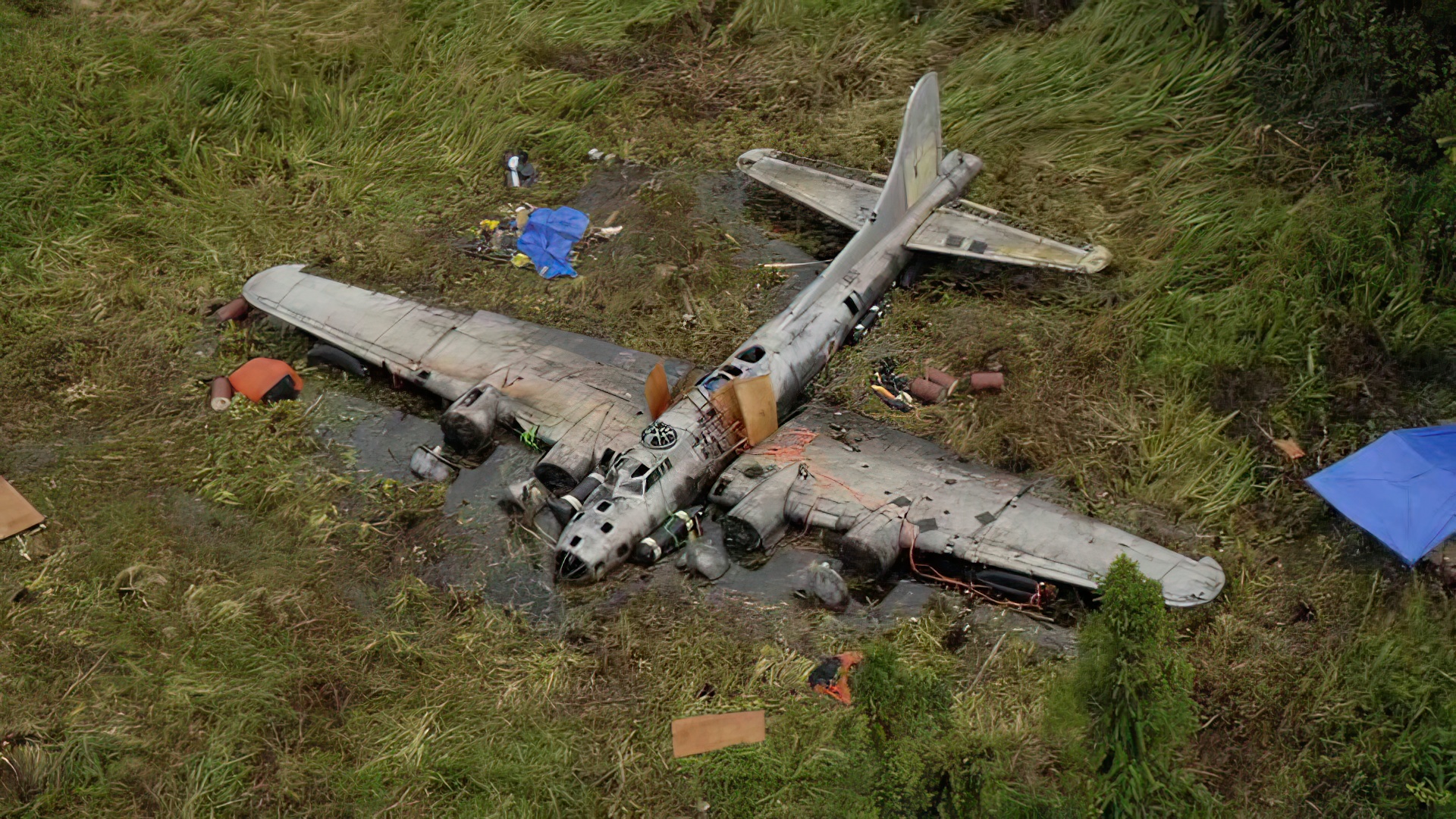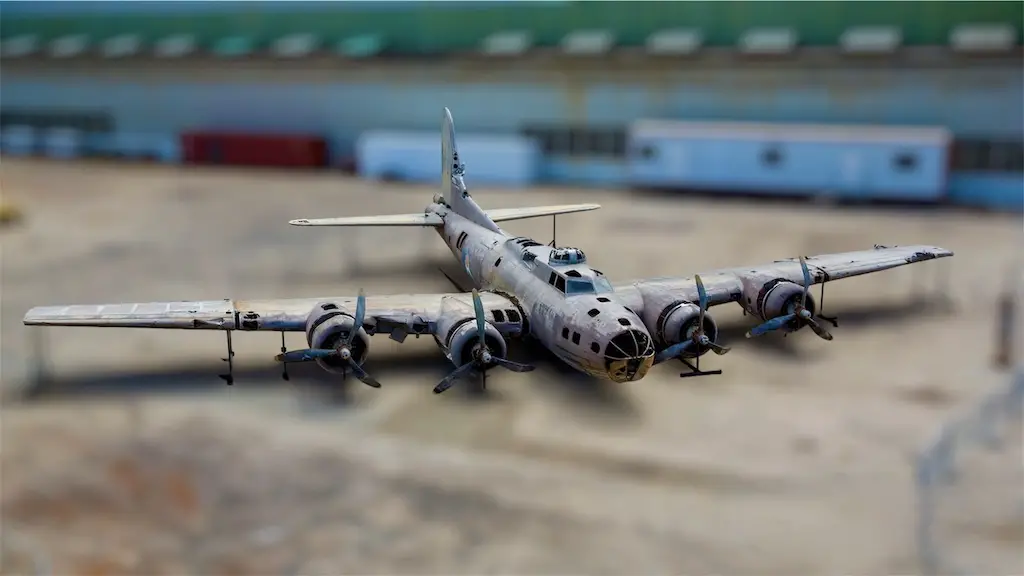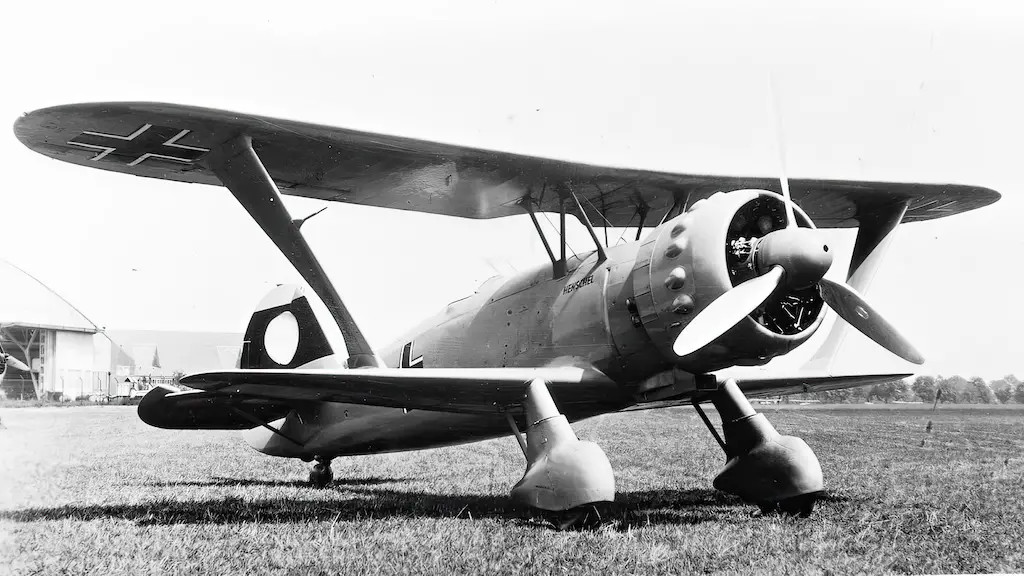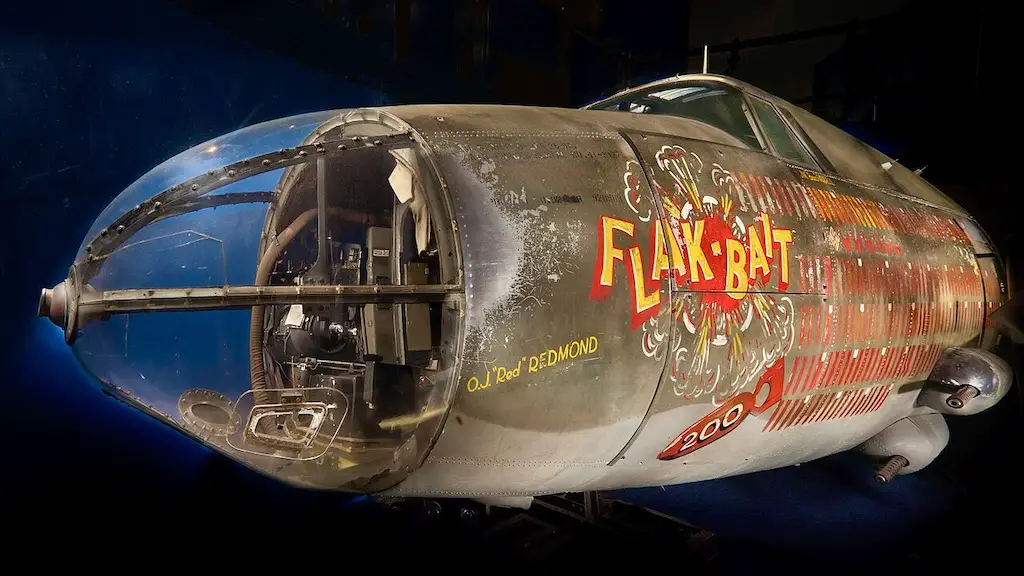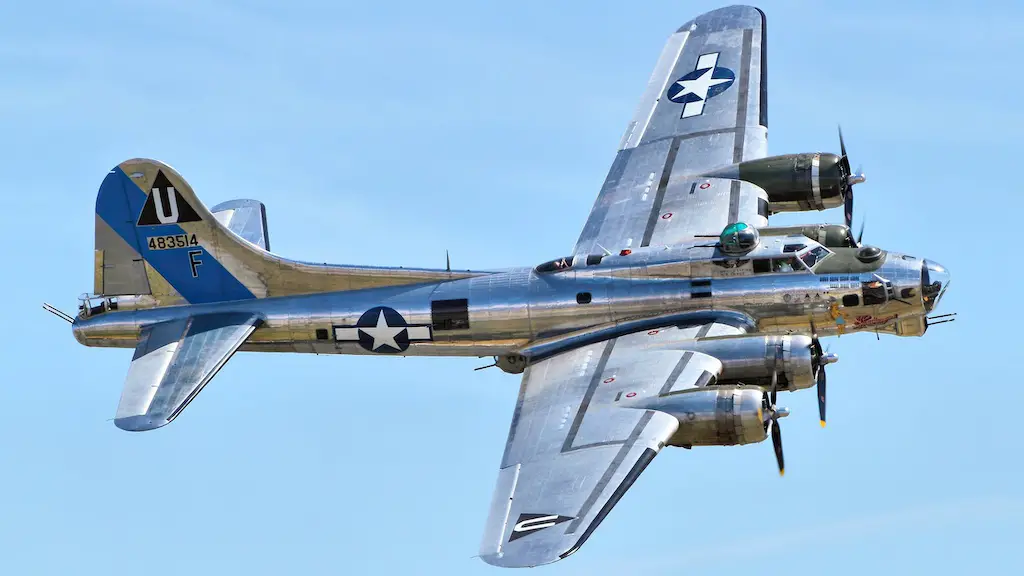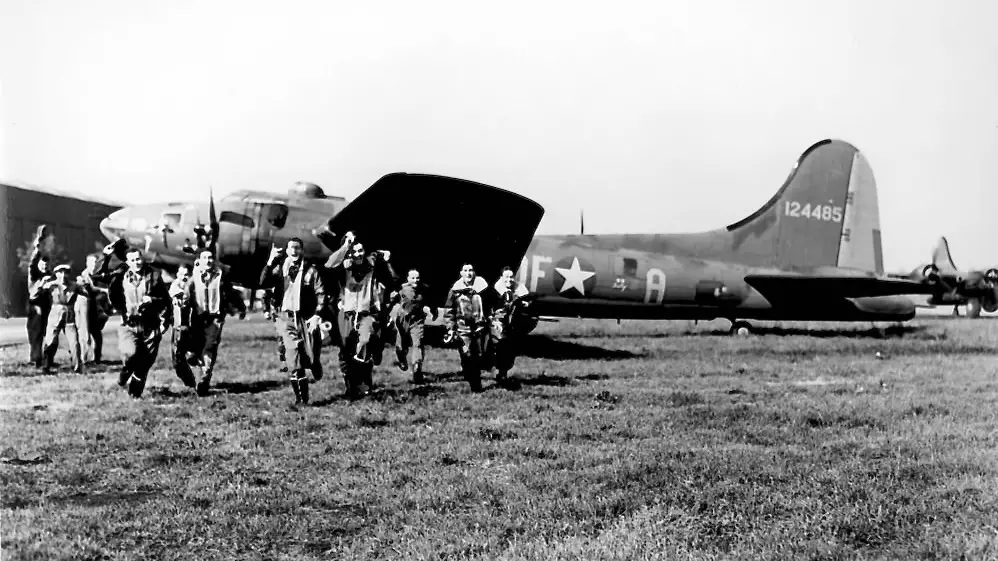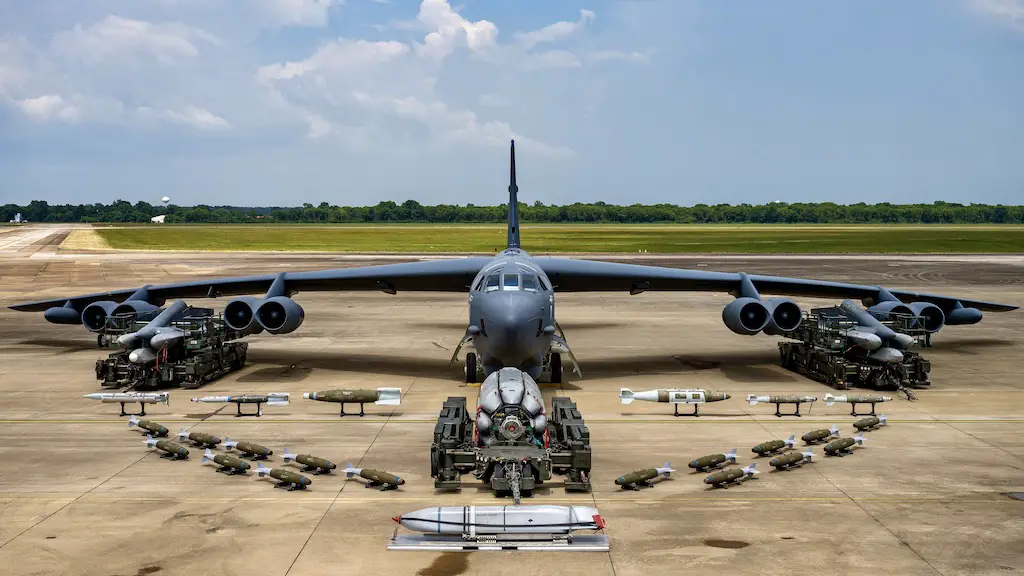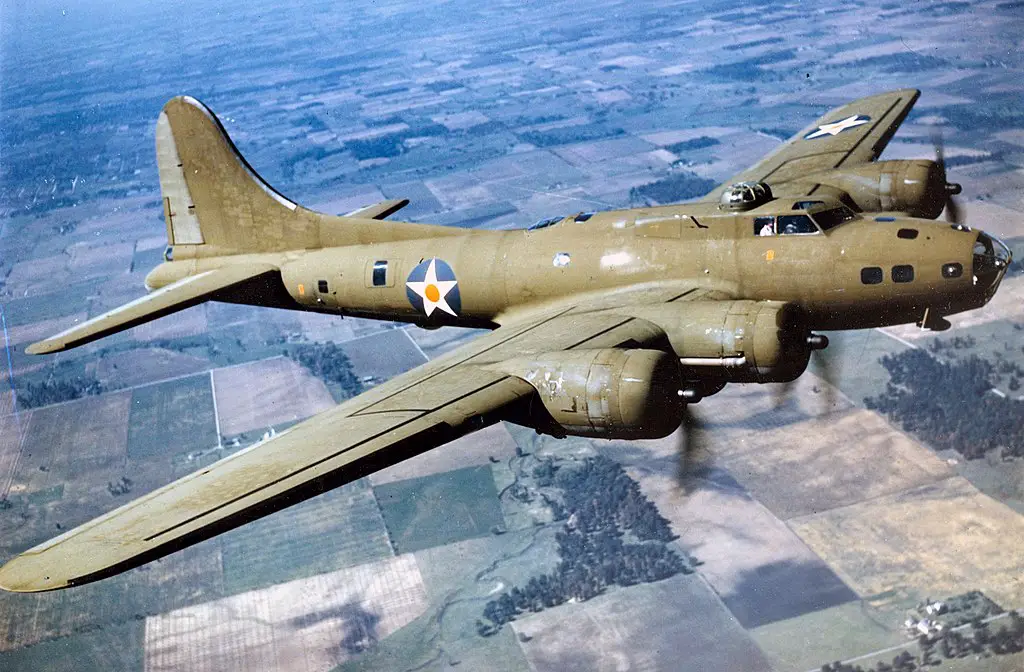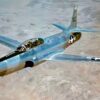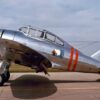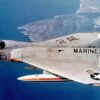Uncovering the Past in Papua New Guinea
Papua New Guinea (PNG) is a realm wrapped in mystery and steeped in history. Here, time seems to stand still, and the echoes of the past resonate in every corner. The nation’s topography is a rugged blend of mountains and jungles, offering beauty and challenges in equal measure. This landscape, coupled with diverse languages and cultures of its people, paints a picture of a land both mesmerizing and complex.
In the heart of PNG’s historical tapestry lies the story of World War II, a period that saw the country unwillingly thrust into the global conflict. The impact of the war is still visible today, with remnants of battles lingering in the dense jungles and murky waters. These relics, including sunken ships and downed aircraft, are poignant reminders of a turbulent past.
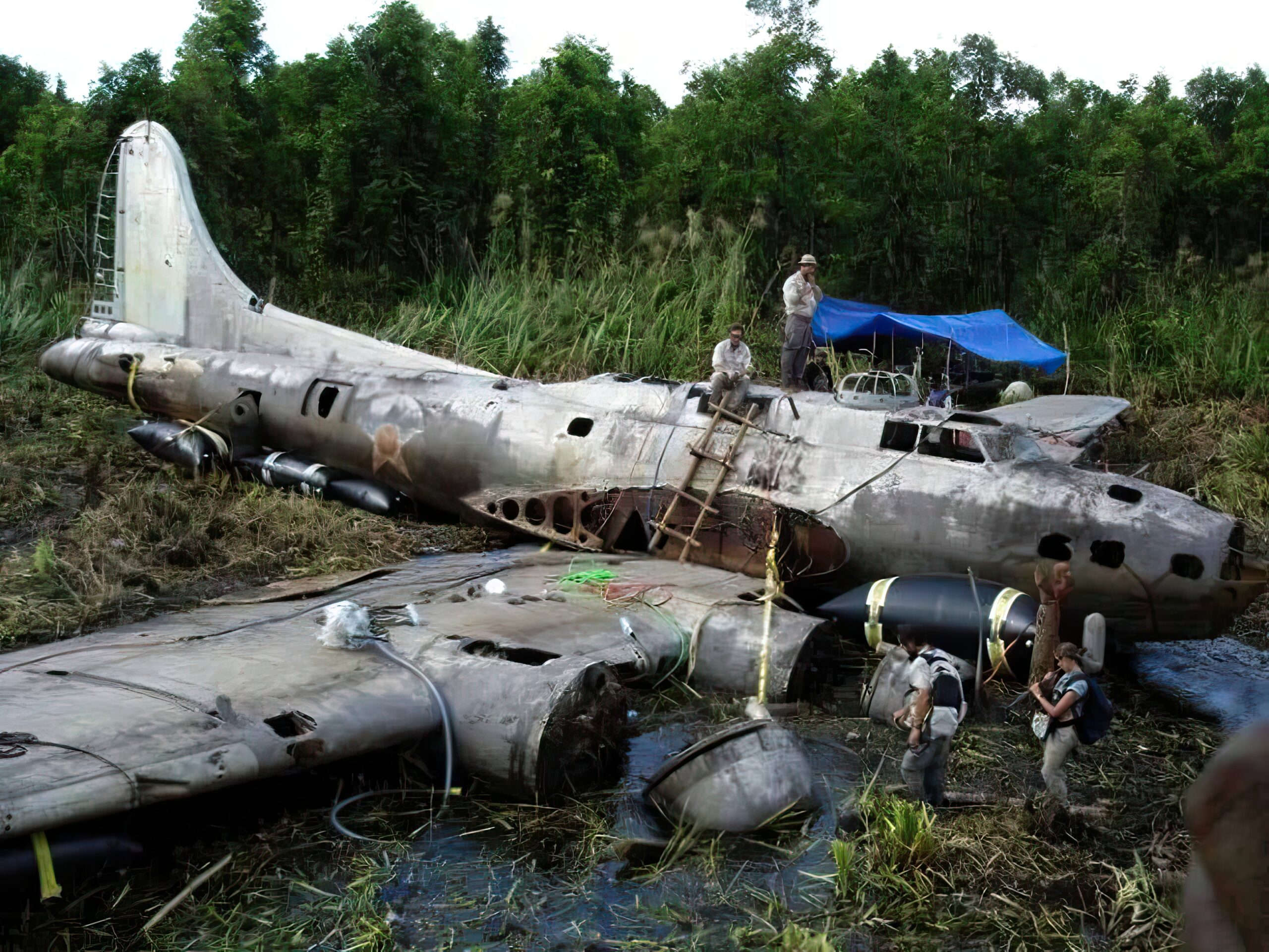
The Legacy of the Swamp Ghost
One of the most captivating tales from PNG’s war history revolves around the “Swamp Ghost,” a B-17E Flying Fortress. This aircraft met its fate in 1942 when, after a bombing mission gone awry, it ran out of fuel and was ditched in the Agaiambo Swamp. The plane lay there, largely untouched and shrouded in mystery, for 64 years. Its discovery and subsequent removal in 2006 sparked a controversy that resonated throughout PNG and beyond.
The story of the Swamp Ghost is a saga that intertwines the fate of a nation, the passions of war enthusiasts, and the complex issues of heritage and ownership. The debate over who holds the right to these war relics is heated, tapping into broader concerns about the exploitation of PNG’s natural resources.
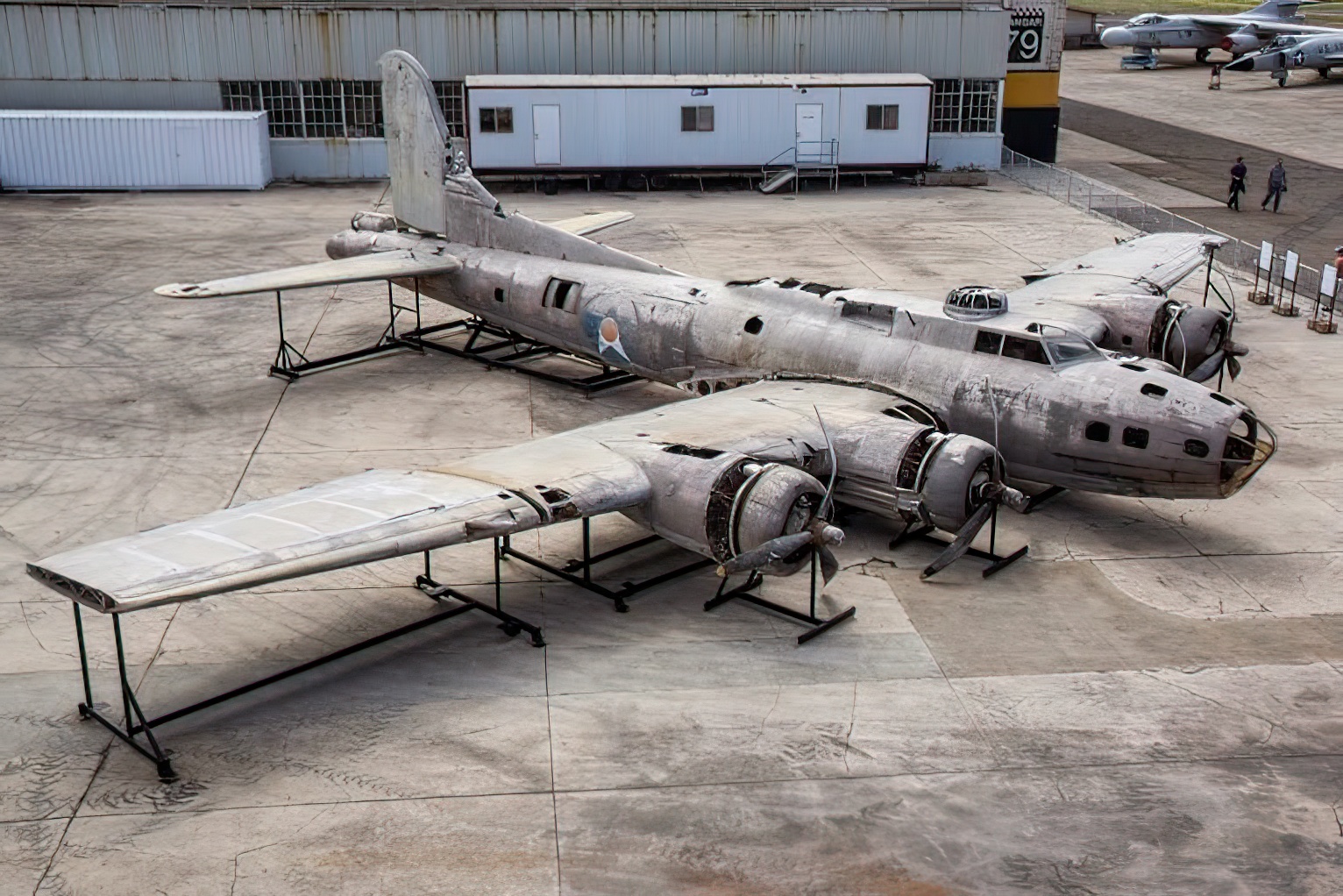
A Journey Through Time
The Swamp Ghost’s story is a journey through time. From its ill-fated mission in 1942 to its rediscovery and eventual removal, each chapter adds layers to its legend. The aircraft’s crew had an incredible tale of survival, crash-landing in the swamp and braving the harsh elements and terrain to find safety. Their story is one of resilience and fortitude, emblematic of the broader human experiences of the war.
The plane lay dormant for decades until rediscovered by Australian troops in the 1970s. Since then, it became a point of interest for many, including warbird enthusiasts and historians. Its extraction and the subsequent legal battles highlight the complex relationship between history, ownership, and heritage.
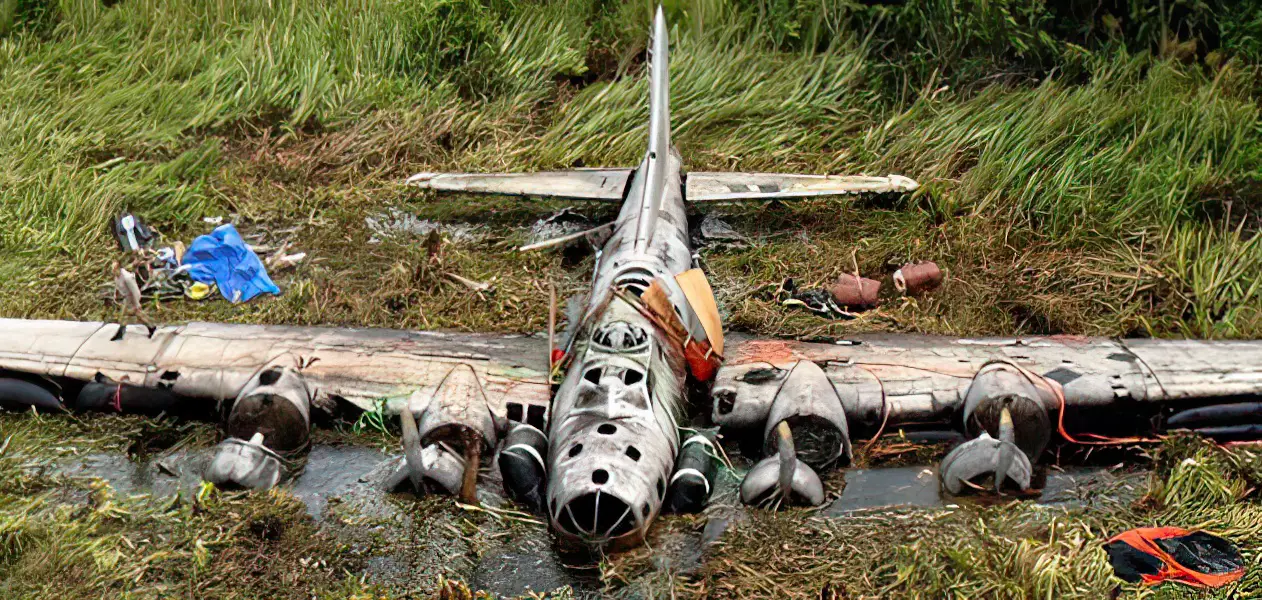
The Debate Over War Relics
The removal of the Swamp Ghost opened up a wider conversation about the fate of war relics. In PNG, where these remnants are abundant, questions about ownership, preservation, and exploitation are particularly poignant. The aircraft’s removal was seen by some as a loss to the nation’s cultural heritage, while others viewed it as a necessary step to preserve an important piece of history.
After years of legal wrangling and debates over its fate, the aircraft left Papua New Guinea for the United States. On June 11, 2010, in a momentous event in Long Beach, California, the Swamp Ghost was unveiled to the public. This event was particularly poignant as it included family members of the original crew, bridging the gap between the past and the present.
A New Home
Following its display in Long Beach, the Swamp Ghost found a temporary home at the Planes of Fame Air Museum in Chino Airport, California. Here, on indefinite loan, it served as a tangible connection to World War II history, allowing visitors to come face-to-face with a piece of the past.
In 2013, the Swamp Ghost embarked on the next chapter of its journey. On April 10, 2013, the Pacific Aviation Museum in Pearl Harbor welcomed the aircraft. This move marked a significant step in the Swamp Ghost’s preservation, ensuring that it would be cared for and displayed in a setting dedicated to aviation history and heritage.
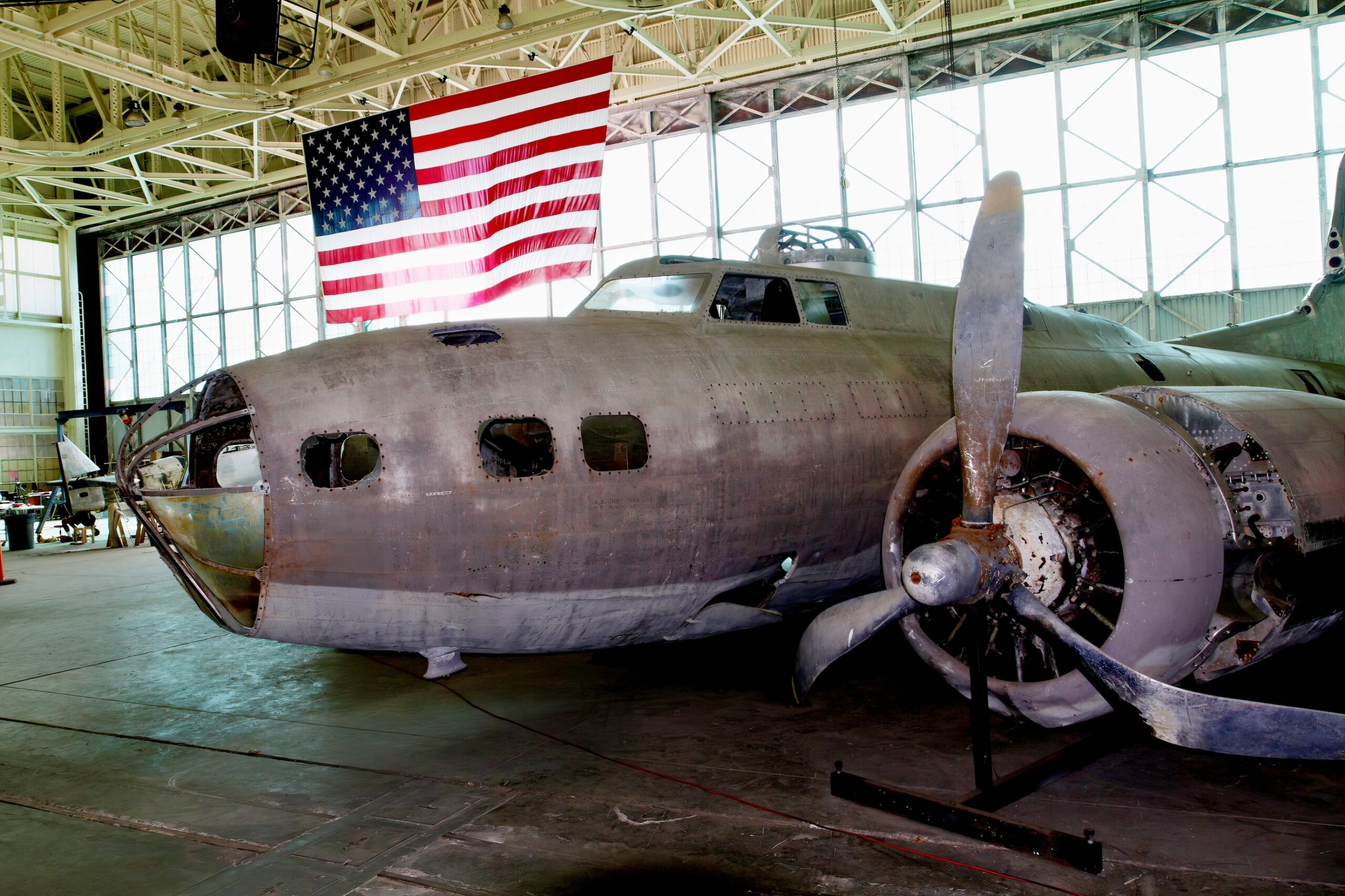
The Ongoing Effort
As of February 2022, the Swamp Ghost resides in Hangar 79 on Ford Island, a fitting location given its historical significance. The museum’s plans to restore the aircraft for static display are underway. This restoration process is an act of reverence to a crucial period in history and a tribute to those who served in World War II.
